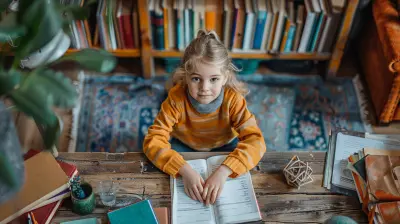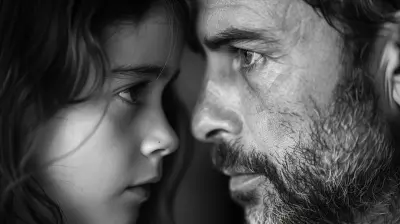Understanding Baby’s Hand-Eye Coordination: How It Develops Over Time
29 October 2025
Ah, parenthood! One minute you’re marveling at your baby’s first smile, and the next, you’re dodging a flying spoonful of mashed bananas. If you’ve ever wondered how your tiny human goes from flailing their arms like an uncoordinated octopus to mastering the fine art of picking up Cheerios, you’ve come to the right place.
Hand-eye coordination is one of those incredible developmental milestones that sneaks up on parents. One day, your baby is staring at their own hands like they’re alien objects, and before you know it, they’re reaching, grabbing, and (unfortunately) throwing things with impressive precision. So, let’s break it down and take a fun journey through your little one’s hand-eye coordination development! 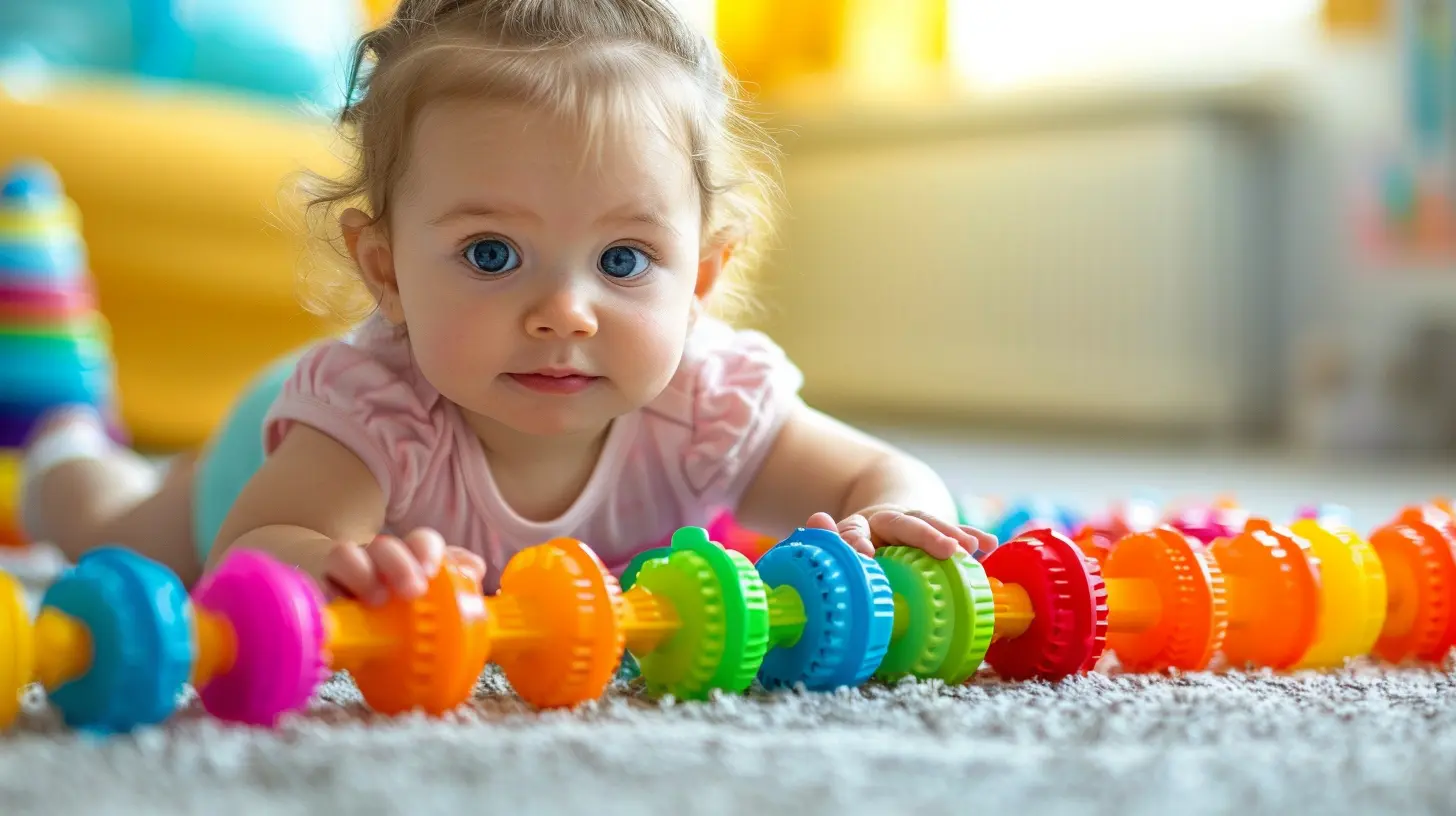
What Is Hand-Eye Coordination, and Why Is It Important?
Before we get into the nitty-gritty, let’s define what hand-eye coordination actually is. In simple terms, it’s the ability to use visual input to guide hand movements. Think of it this way: it’s your baby’s personal GPS system that helps them reach for their favorite toy instead of accidentally smacking themselves in the face (which happens more often than you’d think).This skill is essential for everything—grasping objects, eating, crawling, and eventually writing, drawing, and playing sports. Without hand-eye coordination, life would be a chaotic mess of missed high-fives and spilled food (which, let’s face it, still happens even in adulthood). 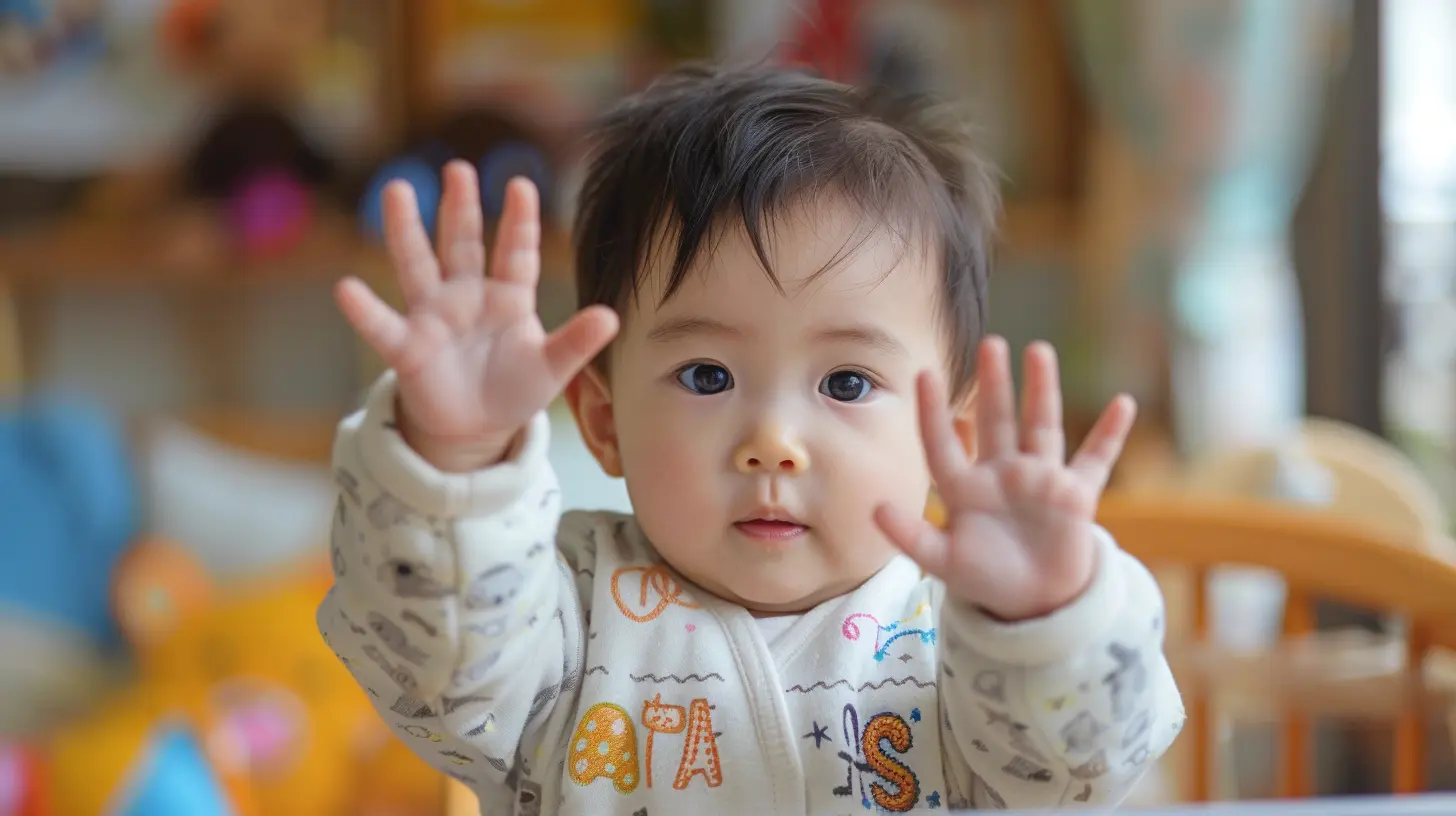
A Month-by-Month Breakdown of Hand-Eye Coordination Development
Let’s take a closer look at what’s going on in that adorable little brain of theirs.0-2 Months: The “What Are These?” Stage
At this point, your baby’s hands are just mysterious accessories attached to their body. They don’t really know how to control them yet, and most movements are reflexive. You might notice your newborn grasping your finger if you place it in their palm—this is called the palmar grasp reflex, and while it’s adorable, they’re not doing it on purpose (sorry to break your heart).3-4 Months: The Great Hand Discovery
Around this time, your baby starts realizing they actually have hands! They spend an unreasonable amount of time staring at them like they’ve just discovered a groundbreaking new invention. You’ll also notice them beginning to bat at objects, but accuracy is not their strong suit yet. It’s more like watching someone blindfolded try to hit a piñata.5-6 Months: The First Reach and Grab
By now, your baby has figured out they can control their hands—somewhat. Reaching out and grabbing objects becomes a full-time job. However, don’t expect much precision yet. If they manage to grab a toy, it’s cause for celebration (and probably an instant trip to their mouth).7-9 Months: The “Let’s Throw Everything” Phase
Ah, the golden age of object tossing! If you’ve ever wondered why babies love dropping things off their high chair and watching you pick them up, wonder no more. This is how they experiment with gravity and cause-and-effect (and maybe just mess with you a little). Their grip is getting stronger, and they can transfer objects from one hand to the other with surprising skill.10-12 Months: The Pincer Grip Perfection
By the time your little one reaches their first birthday, they’ve upgraded their hand-eye coordination big time. They can pick up small objects using their thumb and forefinger (the pincer grasp), meaning self-feeding just got a whole lot messier. Cheerios will be everywhere, but hey, it’s all part of the process.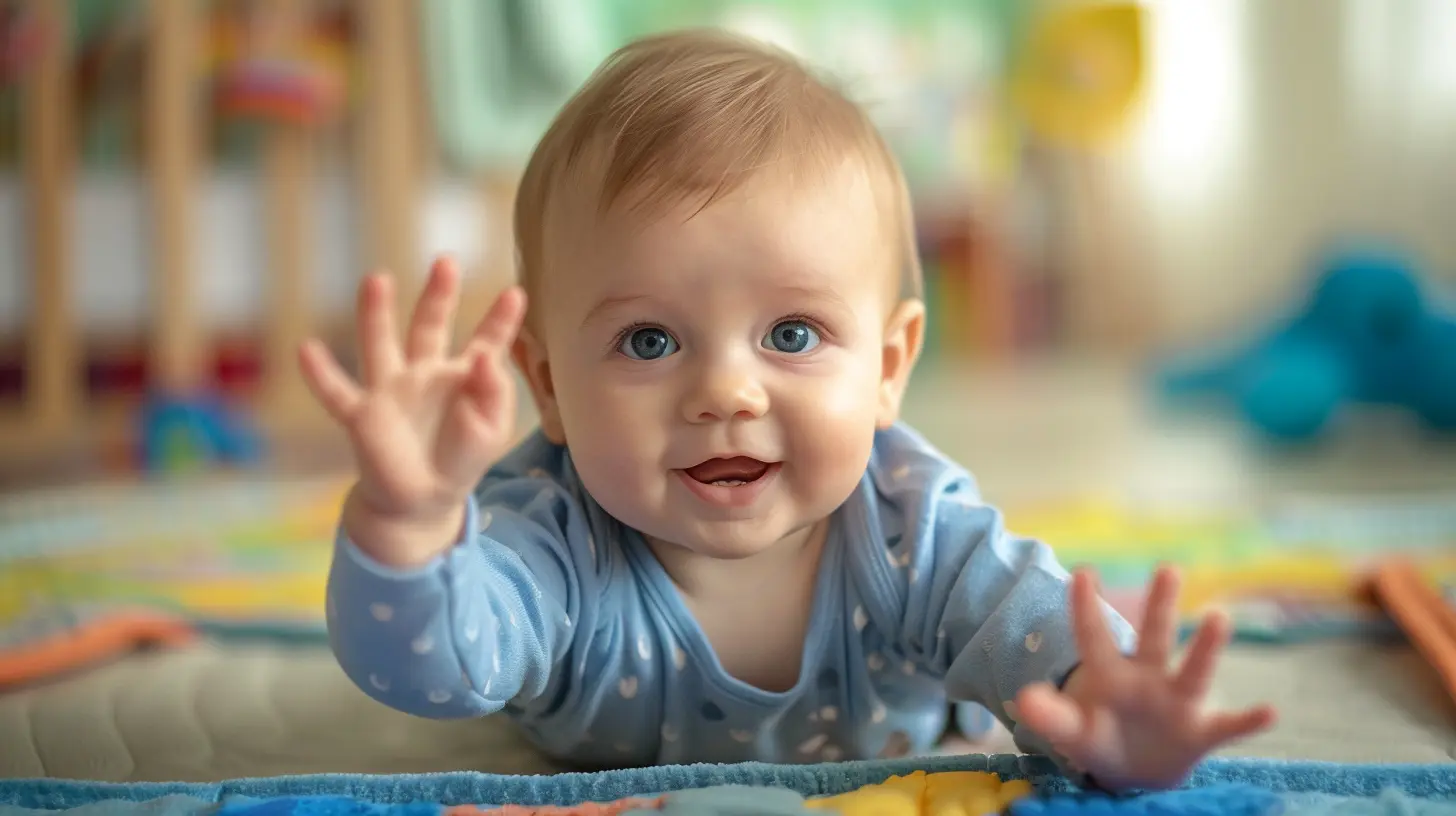
How to Help Your Baby Develop Hand-Eye Coordination
Now that you know what’s happening behind the scenes, let’s talk about how you can encourage your baby's hand-eye coordination.1. Provide Plenty of Tummy Time
Tummy time isn’t just for getting those neck muscles strong—it also helps your baby practice reaching and grabbing. Place colorful toys just out of reach and encourage them to grab for them.2. Offer a Variety of Toys
Soft rattles, plush toys, and textured balls are great options. Anything that makes noise or has bright colors will grab their attention and encourage them to reach out.3. Let Them Make a Mess
Yes, mealtimes will be an absolute disaster, but letting your baby finger-feed and explore different textures helps fine-tune their coordination. Plus, it’s adorable watching them try to pick up slippery banana slices.4. Play Simple Games
Games like peek-a-boo, pat-a-cake, and rolling a ball back and forth are great ways to encourage movement and coordination in a fun way.5. Encourage Stacking and Sorting
As they get older, toys like stacking rings and shape sorters are fantastic for boosting their hand-eye skills. They’ll probably chew on them first, but hey, that’s part of learning too.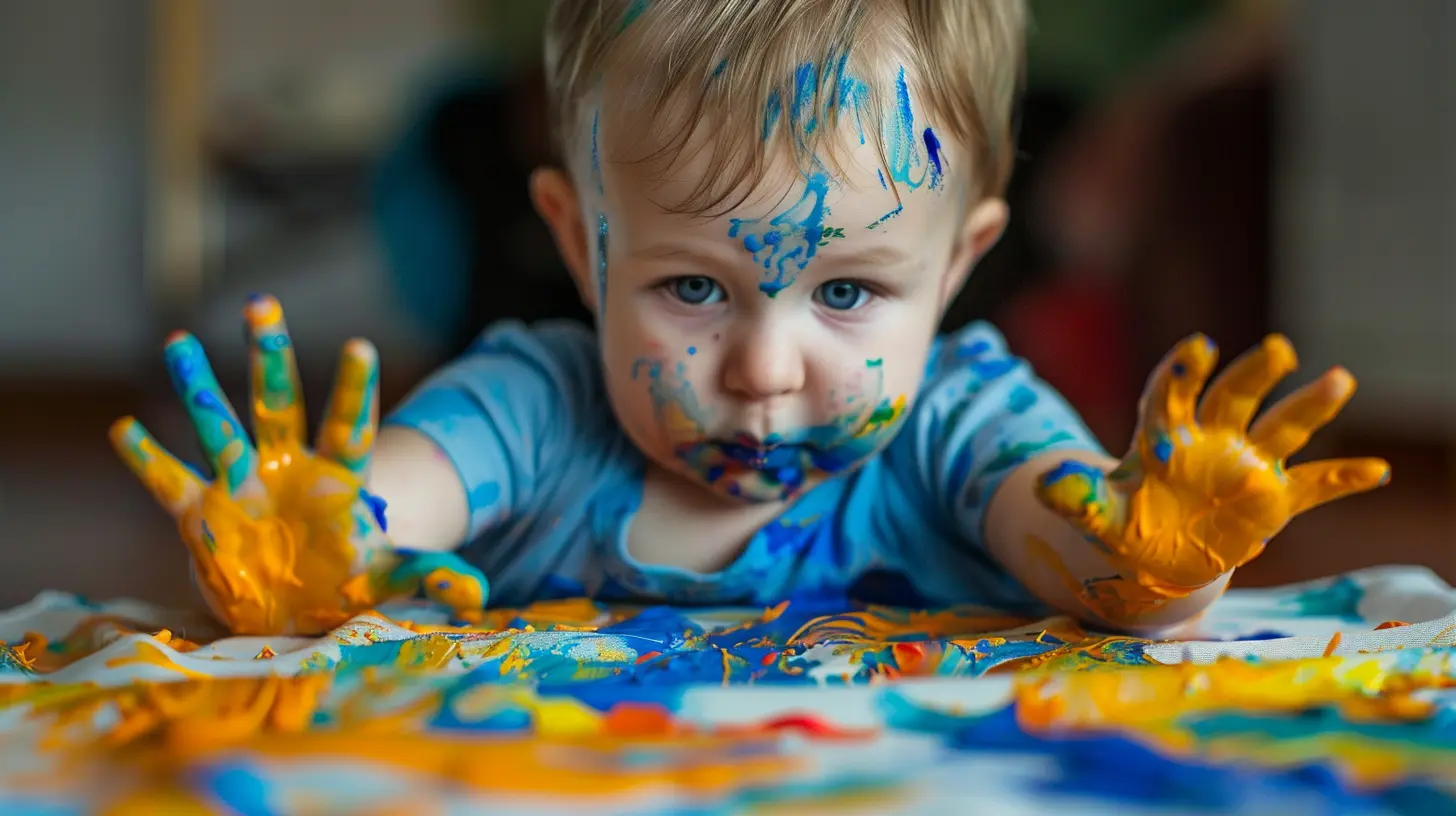
Common Challenges and When to Worry
Let’s be real—every baby develops at their own pace. Some will be grabbing and stacking early on, while others take their sweet time. However, if by 12 months your baby isn’t showing much interest in reaching for objects or has trouble coordinating their hands, it’s worth mentioning to your pediatrician.Some signs to watch for:
✔️ They consistently miss objects when trying to grab them
✔️ They don’t seem interested in reaching for toys by six months
✔️ They have trouble bringing objects to their mouth
But remember: most of the time, delays are just part of a baby’s unique timeline, and they’ll catch up in their own way.
Final Thoughts: Enjoy the Journey (And Dodge the Flying Food)
Watching your baby’s hand-eye coordination develop is an exciting, sometimes chaotic, but always rewarding experience. From fumbling newborn fists to finely tuned toddler hands, each stage is filled with little victories (and big messes).So, next time your baby successfully grabs a toy, claps their hands, or launches a spoon across the room, give them a round of applause! They’re mastering an essential life skill—one Cheerios spill at a time.
all images in this post were generated using AI tools
Category:
Infant DevelopmentAuthor:

Austin Wilcox
Discussion
rate this article
1 comments
Lyla Baxter
This article beautifully outlines the gradual development of hand-eye coordination in babies. As a parent, I’ve realized how crucial it is to provide them with the right experiences to foster these skills. It's a gentle reminder to cherish these small milestones as they grow.
November 2, 2025 at 5:18 PM

Austin Wilcox
Thank you for your thoughtful comment! I'm glad you found the article helpful in understanding the importance of fostering hand-eye coordination in your little one. Cherishing these milestones truly makes a difference!

